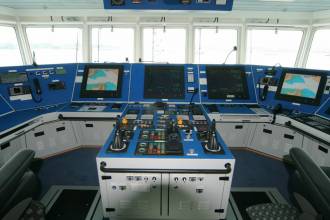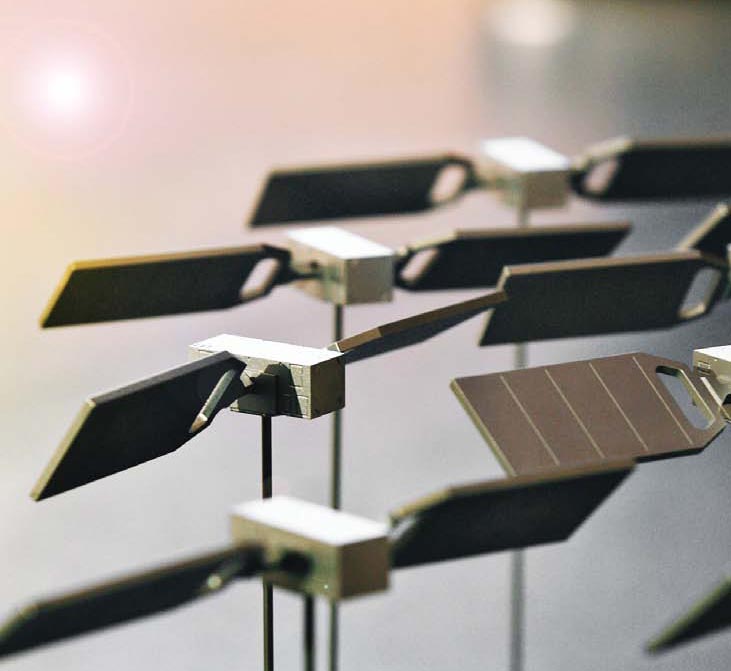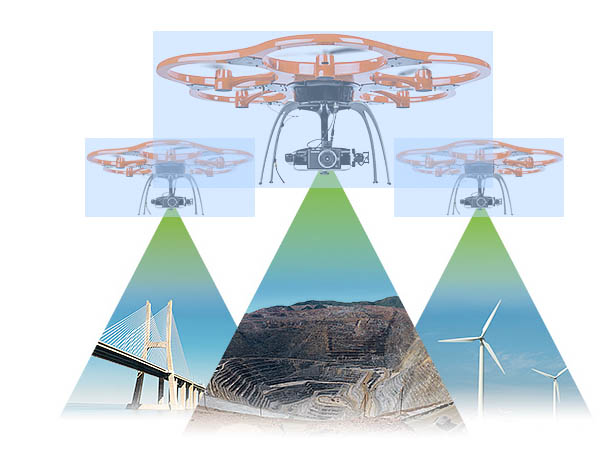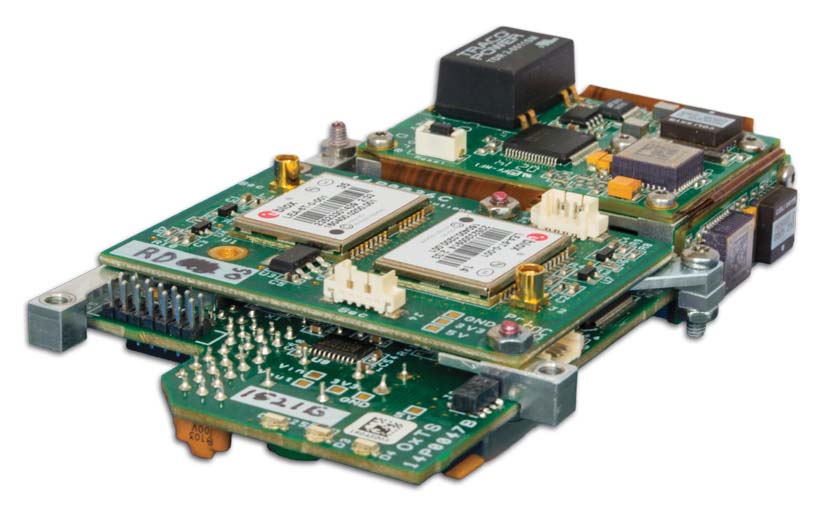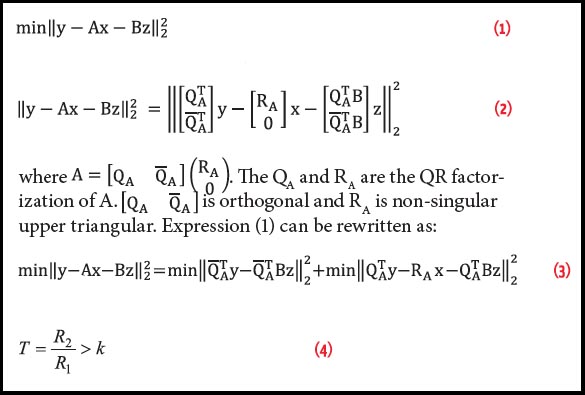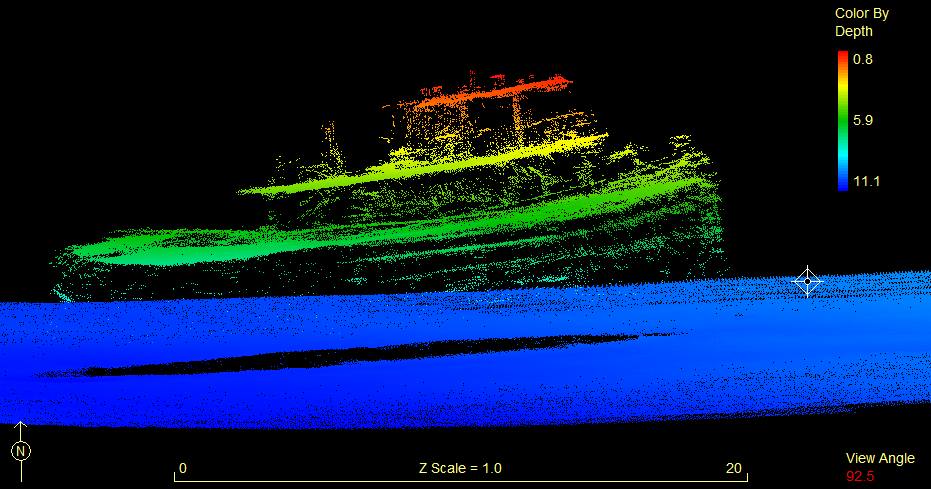September 26, 2014
Aviation officials Thursday (September 25, 2014) for the first time approved the use of unmanned aircraft for commercial filming in the United States, opening the door to what is expected to be a slow-building gold rush to the skies.
Six companies received exemptions from the existing rules, which generally ban the commercial use of unmanned aerial systems or UAS. The exemptions were granted to RC Pro Productions Consulting LLC dba Vortex Aerial, Aerial MOB LLC, Astraeus Aeria, HeliVideo Productions LLC, Pictorvision Inc., and Snaproll Media LLC.
Read More >
By Inside GNSS

